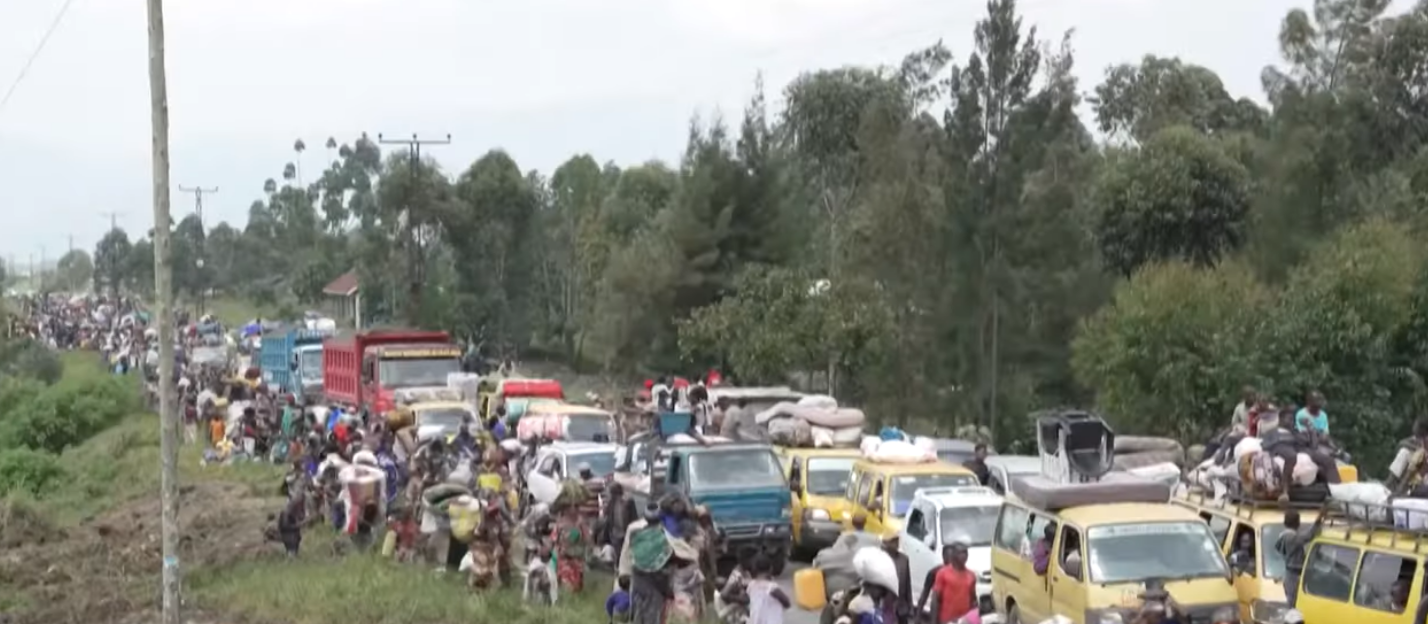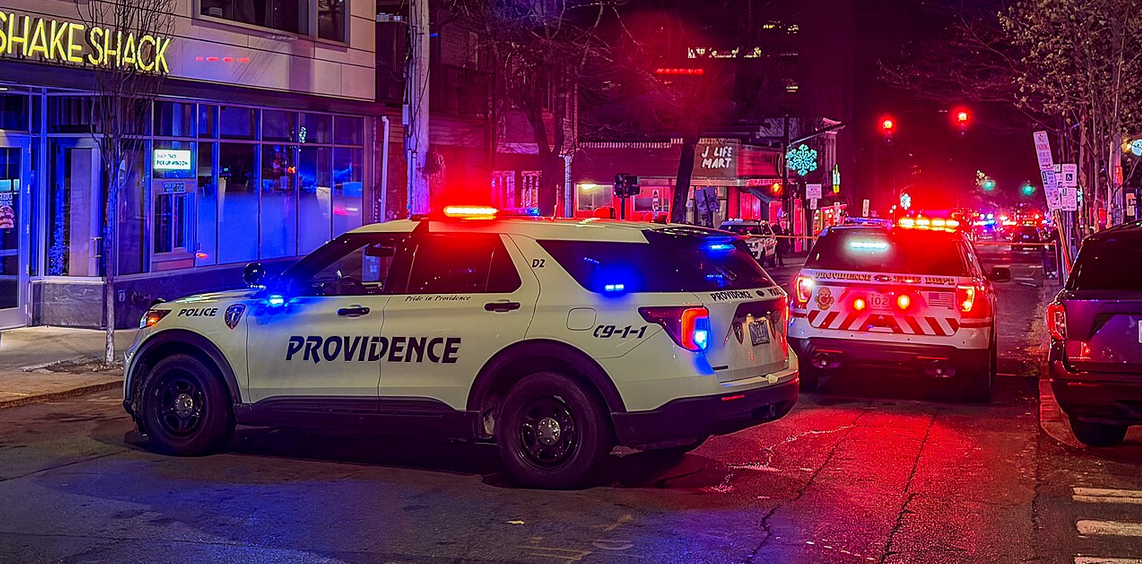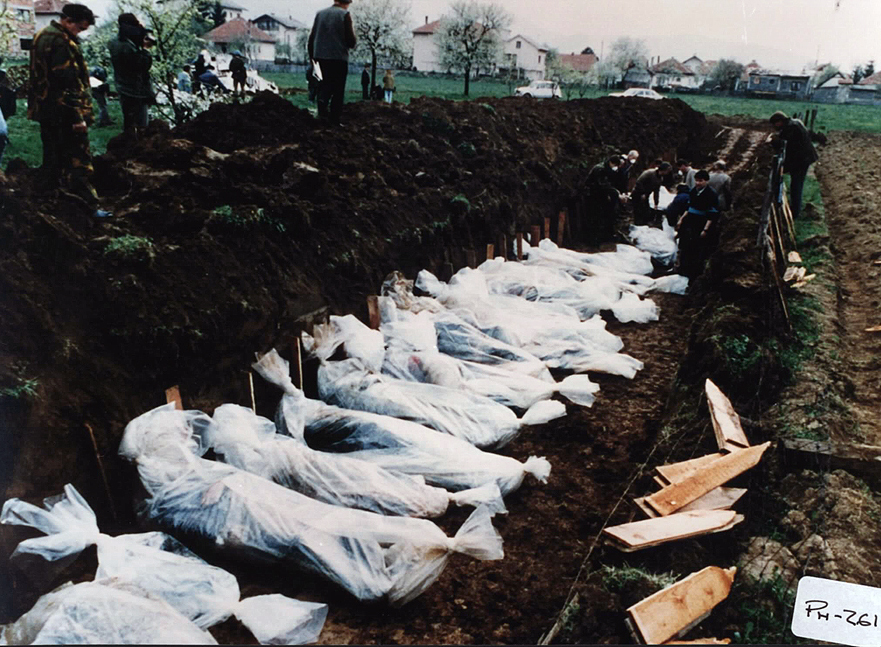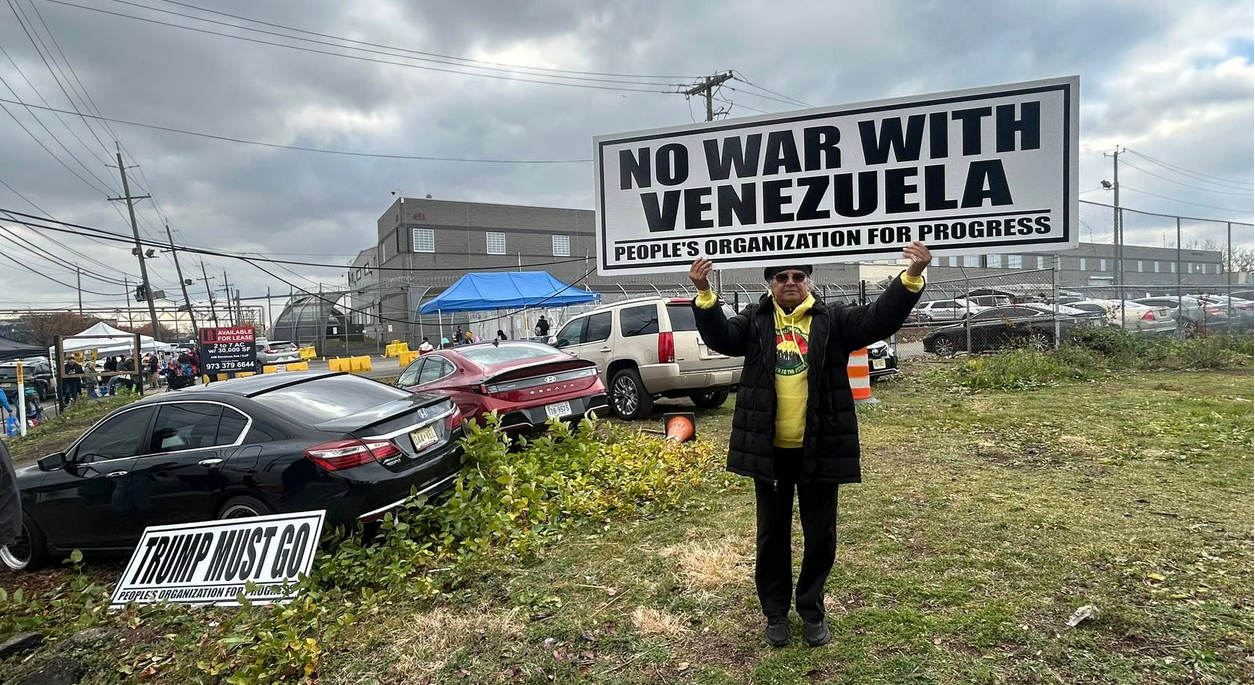Mayor Robert Van Wyck; police just watched or joined in attacking Blacks
[Op-Ed: History]
In August 1900, New York was in the midst of a heat wave. At 2:00 am on August 13th, May Enoch, a 20-year-old African-American woman, went to McBride’s Saloon, a saloon at 41st Street and Eight Avenue, looking for her partner, Arthur Harris, a 22-year-old Black man.
The couple lived nearby, in a rented room at Annie Johnson’s place at 241 West 41st Street in the heart of Hell’s Kitchen.
At McBride’s, Enoch found Harris and said, “Kid come on up home.” Waiting outside the bar, a New York undercover policeman, Robert Thorpe, arrested her for “soliciting.” Leaving the bar, Harris saw a White man harassing his girl friend, explaining, “I didn’t know who he was and thought he was a citizen like myself… .”
A struggle broke out. Thorpe clubbed Harris, shouting, “Get up you Black son-of-a-bitch”; Harris pulled a knife, some say razor, and cut Thorpe. Realizing Thorpe was a cop, they left him on the street corner and fled; Enoch ran home and Harris took a train to Washington, DC, where his mother lived. Thorpe was taken to Roosevelt Hospital.
New York has faced two “waves” of race-based riots. The first wave consisted of “race riots” and involved mostly Whites attacking Blacks. It started with the notorious Draft Riot of 1863 that occurred in July 13–16, 1863, in which an estimated 120 mostly Black people were killed and 11 Black men were lynched; the 1900 riot ended the first wave.
The second wave consisted of “urban rebellions” and began with the Harlem riot of 1935; they reflected mostly African-Americans venting their rage against local conditions of institutional racism.
African-Americans have been a part of New York since it was still New Amsterdam; in 1626, only two years after the city’s settlement, the Dutch West India Company deposited the first eleven African slaves. Over the following three centuries, as Gilbert Osofsky noted in Harlem: Making of a Ghetto, “At no period in the history of New York City were Negroes accepted as full American citizens.”
With each generation, African-Americans steadily relocated uptown as Manhattan kept pushing northward. Between the Revolution and Civil War, they clustered in what was known as the Five Points or “Stagg Town” in today’s Chinatown. Following the Civil War and its horrendous 1863 Draft Riot, Blacks relocated to “Little Africa” in the West Village. Over the subsequent decades, Black New Yorkers were pushed further up the Westside to Hell’s Kitchen or the Tenderloin (23rd to 42nd Streets), then San Juan Hill (59th to 65th Streets) until they finally reached Harlem.
During this long history, Black New Yorkers lived in squalid neighborhood pockets amidst other poor, ethnic (often immigrant) and predominantly White groups.
Harris was one of an estimated 5 to 6 million African-Americans who joined the Great Migration moving from the South to the North (and West), remaking Chicago, Detroit and, most importantly, Gotham. He was born in Richmond, VA, and his mother lived in Washington, DC, and his father lived in Cranford, NJ. At 14, he moved from Richmond to Washington and then, at 21, to New Jersey, visiting his father before relocating to New York. In the city, he held odd jobs as a cook, baker, carpenter and poolroom attendant.
The Great Migration changed the city’s demographic makeup. Between 1890 to 1910, the city’s African-American population jumped nearly threefold, from 23,601 (1.5%) to 60,666 (1.8%); by 1930 African-Americas accounted for 828,000 people (12%).
The city’s shifting population fueled racial tensions. Where once Blacks were welcomed in White establishments, Blacks were slowly excluded; increasingly, Blacks were no longer welcome at White saloons, restaurants, theatres, hotels and even local churches and YMCAs.
No part of the city confronted more racial hostility than the Tenderloin, a traditional Irish Catholic stronghold. As African-Americans moved into Hell’s Kitchen, apartment buildings and whole blocks became increasing segregated into White- or Black-only. For example, 37th Street between Eighth and Ninth Avenues was an all-Black block. But, as Osofsky warns, “It was surrounded on all sides by the Irish. Both groups competed for the unskilled jobs of the city.” He adds, “Hatred on each side was fierce.”
Thorpe died on August 14th and his body was brought to his sister, Lizzie Thorpe’s home at 481 Ninth Avenue at 37th Street, fueling tensions. Thorpe’s friends and colleagues gathered for a wake; they drank alcohol and some vowed revenge.
On the 15th, a fight broke out between two men, Spencer Walters and Thomas Healy, one a Black, the other White, near Ms. Thorpe’s home. As Osofsky notes, “The entire white neighborhood went wild with rage,” with White residents engaged in what was called a “nigger chase.”
Blacks were attacked on the street, in hotels and saloons, some pulled from streetcars and beaten; and policemen, often neighborhood residents, either led or joined in the attacks or looked the other way rather then defend the Black victims.
Black residents did not acquiesce to White attacks. Some began to arm themselves, acquiring revolvers and other weapons from local pawnshops and hardware stores.” Osofsky reports that 145 revolvers and a substantial amount of ammunition was purchased. Clashes between Whites and Blacks persisted over the coming month. In addition, police report Blacks threw bricks, bottles and garbage at them from rooftops and apartment windows.
Mayor Robert Van Wyck called in about 700 policemen who were part of the Reserves to quell the mounting the disturbances. An estimated 35 people were arrested 60 people injured, mostly Black. At least two people were reported shot to death. (One report claims “at least 106 blacks were lynched,” although this could not be confirmed.)
Harris was arrested in Washington and retuned to New York where he was tried, found guilty of second-degree murder and sentenced to a life term at Sing Sing prison; he died there.
Later in August, the Grand Jury refused to indict any policeman, insisting that no individual officer were identified for prosecution. In December, the Police Board’s Committee of Rules and Discipline found that the police bore no responsibility for the riot.
The shift from the first to second wave riots took shape as the city’s African-American population moved to Harlem. Three unrelated developments helped concentrate Blacks in Harlem, setting the stage for it becoming the celebrated Black Mecca.
First, the Great Migration (and immigration from the Caribbean) radically increased the African-American population in New York.
Second, the old-world village of Harlem, long known as the city’s first suburb, went through a speculative housing development boom and bust. The White gentry who were expected to fill the new apartment buildings and townhouses never arrived, leaving a significant glut in the housing stock that realtors filled with new-arriving African-Americans.
Third, the city extended the subway system uptown into Harlem, thus providing affordable transportation further north.
Over the last century, the city’s Black population has not only grown to about a fifth (22.8%) of city total population (8.2 million), but diversified to include American-born as well as Caribbean- and African-born peoples. In addition, Black New Yorkers have spread throughout the city. According to the 2010 census, Black people comprise significant proportions of four of the five boroughs: Brooklyn (31.9&), the Bronx (30.1%), Queens (17.7%) and Manhattan (12.9%) and Staten Island (9.5%).
Numbers matter. The city – and the nation — has fundamentally demographically and culturally changed over the last century. The sheer number of people of color – including Black, Hispanic and Asian – has make a race-based riot like that that took place in August 1900 very unlikely to occur in New York anytime soon.
We should be grateful for small but significant changes.
David Rosen is the author of the forthcoming, Sex, Sin & Subversion: The Transformation of 1950s New York’s Forbidden into America’s New Normal (Skyhorse, 2015). He can be reached at us.mc845.mail.yahoo.com check out www.davidrosenwrites.com







